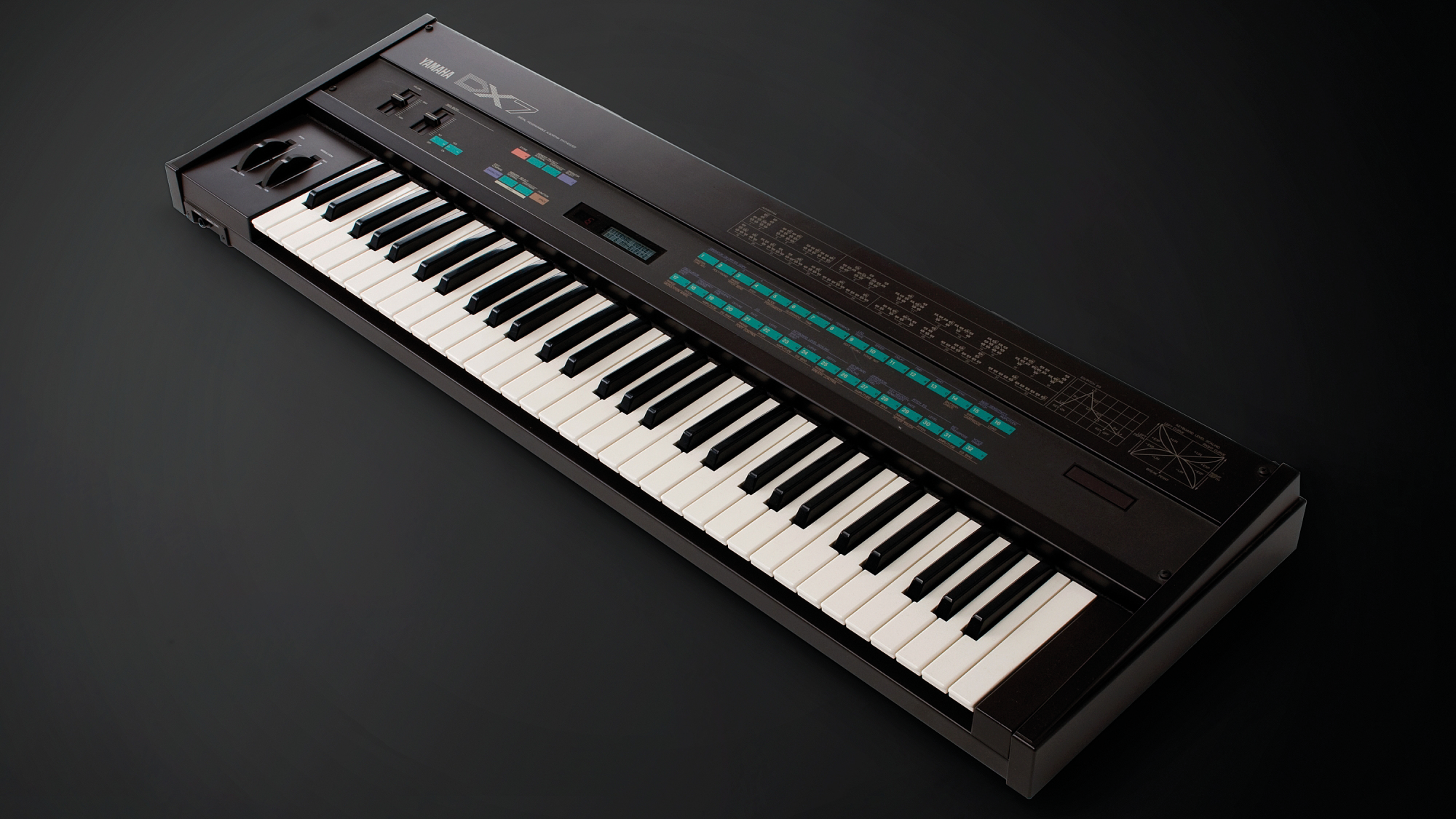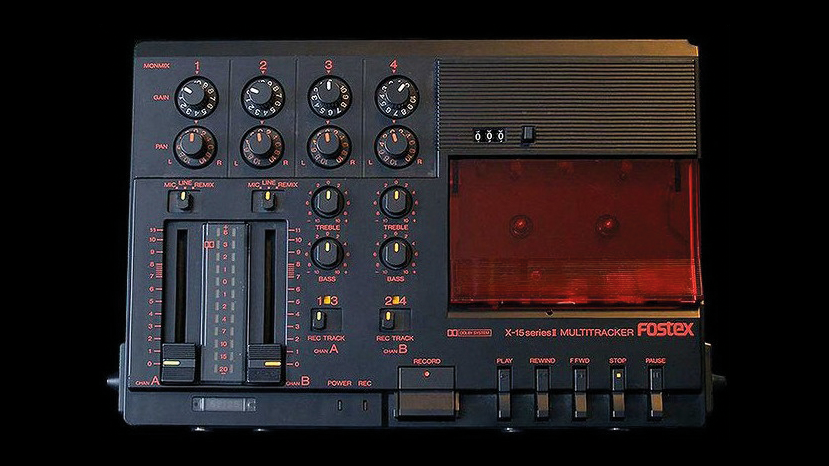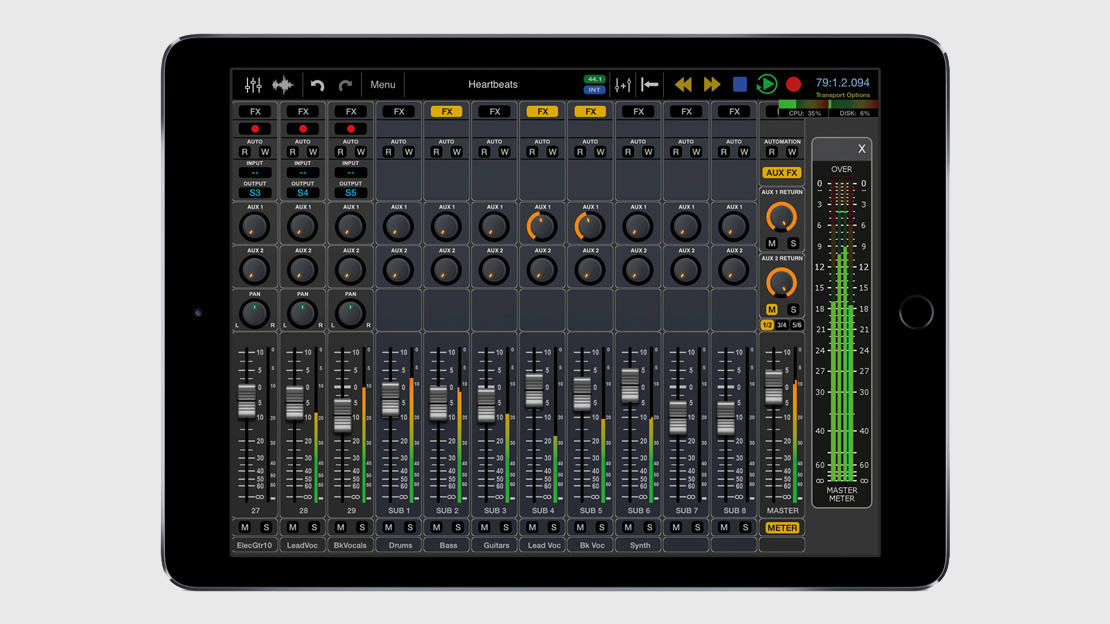How to imitate an '80s-style studio with modern software
Can't get your hands on a LinnDrum or a DX7? Don't worry - these software imitations sound almost as good

We've been looking back at the '80s recently, showing you how to recreate some hallmarks of the classic '80s sound. Next up, we're going to think about what might have been the 80s-est studio possible: what would have been on offer then, and what modern software we might use to reproduce that now.
Drums
Then...
There are a few choices here, but we’re going for the LinnDrum, which was the more ‘affordable’ version of the LM-1 which preceded it. The LinnDrum is all over 80s pop, embraced by artists such as Prince (the one we always think of first), Madonna, and Tears For Fears.
Now
Ableton Live includes the LD Core Kit, and Logic Pro X’s Drum Machine Designer includes a kit called, er, Linn Drum. Linn Drum Samples are easy to find free online, so you can assemble your own kit if necessary.
Bass
Then...
Back then it was all about headless bass guitars – the prime examples being Steinberger and Status, both instruments with very clean modern sounds and design philosophies some distance away from a Fender Precision! The most popular bass amp on the block was Trace Elliot.
Now
Status basses are still in production, while the Steinberger brand lives on, now owned by Gibson, although the construction and sound of the instruments is quite different. If you want a plugin bass instead, you could look at the offerings from uJam, who have different plugins to represent different sounds and techniques. For many bassists, amps aren’t even a consideration, as they often elect to use preamps and in-ear monitors.

Guitar
Then...
Yamaha’s SG1000 guitar, which originated in the 1970s, was very popular, John McGeogh being but one example of a high profile user, in his work with PiL and Siouxsie. A popular guitar amp was the Roland JC-120 combo, which favoured sharper, cleaner sounds as opposed to the more rock-friendly Marshall stacks. See also here: Scholz Rockman.
Now
Yamaha still make SG-style guitars, and Roland have a current version of the JC-120. Beyond that, you can find virtual guitar instrument plugins in the shape of uJam’s Virtual Guitarist, or those inside DAWs including Logic Pro and GarageBand, while the JC appears as an amp model in products from Line 6 and Roland themselves.
Want all the hottest music and gear news, reviews, deals, features and more, direct to your inbox? Sign up here.

Keyboards
Then...
DX7. That’s all we have to say. C’mon, what else would it be? That digital synth, with its somewhat obscure interface was everywhere. It’s a classic sound, and far away from the analogue synths the competition offered.
Now
There are DX7 plugins everywhere, including iOS versions. For example, Arturia have an excellent plugin version, namely the DX7 V. For a more off-the-wall 80s synth product, check out the Electro Harmonix iOS version of their Mini Synth, from 1980.

Recording
Then...
Home recording went big in the 1980s, and no we’re not referring to making mixtapes for a school friend. The Fostex X-15 multitracker, which we mention elsewhere, blew the scene wide open, making it easy for anyone on a small budget to record their home demos, band rehearsals, or even full releases.
Now
Anything from your phone upwards can record multitrack audio. So many apps, such little time. On iOS, you’ve got GarageBand, Gadget, Auria, on desktop computers you’ve got Live, Logic, Bitwig, Cubase, Studio One, Reaper. Something for everybody, with features that would’ve seemed incredible back in the day. The only thing we have to worry about now is feature bloat, as these programs become too sophisticated for their own good.

Computer Music magazine is the world’s best selling publication dedicated solely to making great music with your Mac or PC computer. Each issue it brings its lucky readers the best in cutting-edge tutorials, need-to-know, expert software reviews and even all the tools you actually need to make great music today, courtesy of our legendary CM Plugin Suite.
